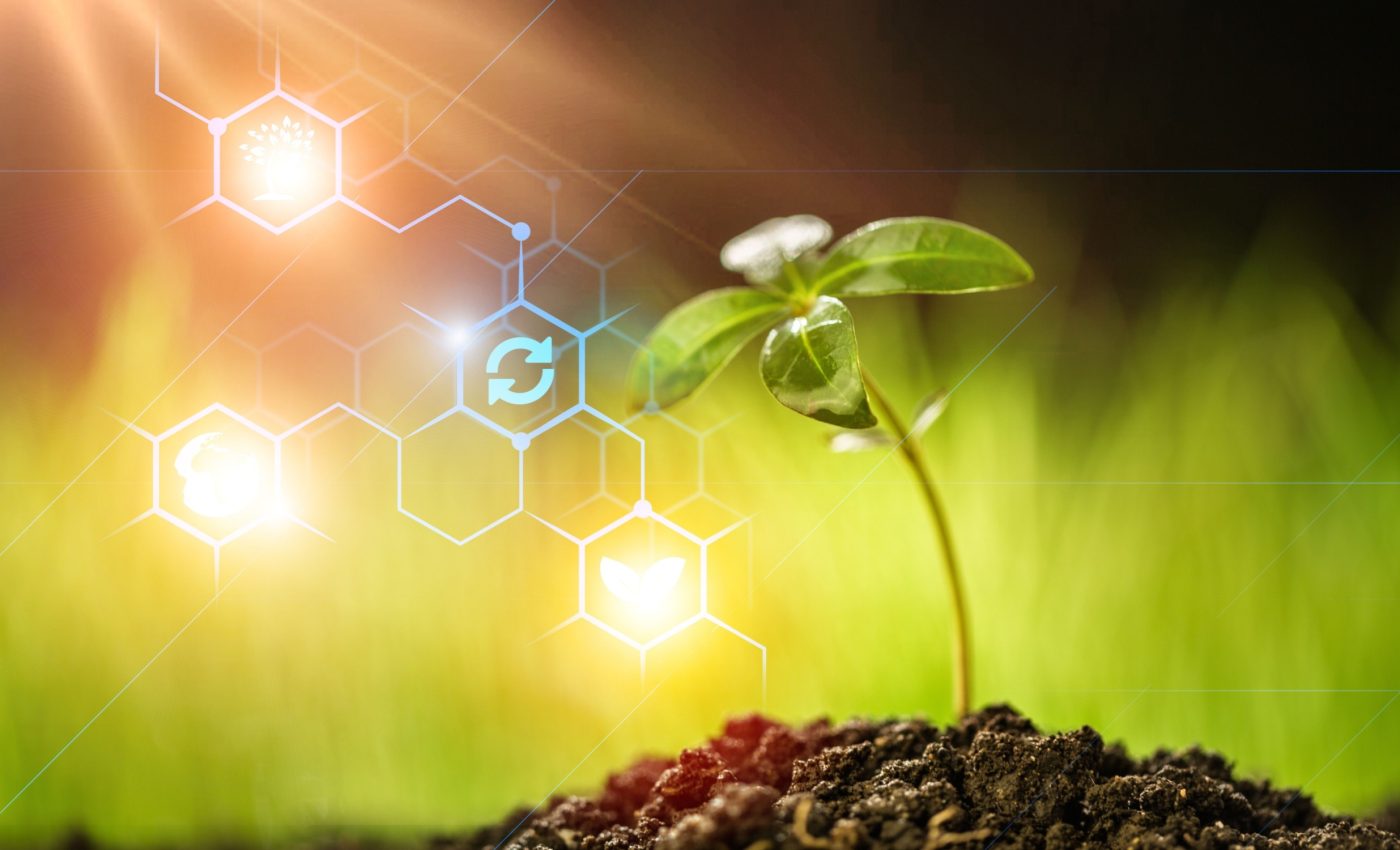
Unleashing the potential of nanotechnology in agriculture
As global food demands continue to rise, technology is becoming increasingly essential in the integration of advanced strategies into farming. A recent review paper from UC Riverside underscores the transformative potential of nanotechnology in agriculture.
Already pivotal in medical applications for targeted drug delivery, nanotechnology could similarly revolutionize agricultural practices by precisely delivering agrochemicals to plants.
“Nanocarriers (NCs) that can precisely deliver active agents, nutrients and genetic materials into plants will make crop agriculture more resilient to climate change and sustainable,” wrote the study authors.
“As a research field, nano-agriculture is still developing, with significant scientific and societal barriers to overcome.”
Understanding nanotechnology
Nanotechnology involves manipulating materials on an atomic or molecular scale. To put its scale into perspective, a nanometer is one billionth of a meter – roughly 100,000 times smaller than a human hair.
This precision allows for the targeted delivery of compounds in medicine, yet its application in agriculture remains largely untapped.
The urgent need for efficient farming
Juan Pablo Giraldo, an associate professor at UC Riverside involved in the research, highlighted the inefficiencies in current agricultural methods.
“There are studies predicting we will need to increase food production by up to 60% in 2050 relative to 2020 levels. Right now, we are trying to do that through inefficient agrochemical delivery,” said Professor Giraldo.
“Half of all the fertilizer applied on farms is lost in the environment and pollutes the groundwater. In the case of commonly used pesticides, it’s even worse. Only 5% reach their intended targets. The rest ends up contaminating the environment. There is a lot of room for improvement.”
With the need to boost food production by up to 60% by 2050, the existing approach is unsustainable. It not only wastes resources but also exacerbates environmental pollution and contributes significantly to global greenhouse gas emissions.
Innovative solutions from nanomedicine
The experts detailed several strategies from nanomedicine that could be adapted for agriculture. One such approach involves coating nanomaterials with sugars or peptides that target specific proteins on plant cells, directing agrochemicals precisely where they are needed, such as the plant vasculature or sites of pathogen infection.
“We are pioneering targeted delivery technologies based on coating nanomaterials with sugars or peptides that recognize specific proteins on plant cells and organelles,” Giraldo said.
“This allows us to take the existing molecular machinery of the plant and guide desired chemicals to where the plant needs it, for example the plant vasculature, organelles, or sites of plant pathogen infections.”
This method promises to enhance plant resilience against diseases and adverse environmental conditions like extreme heat or high soil salinity.
The role of AI in agriculture
The review also explores the use of artificial intelligence and machine learning to create computational models of plants, akin to “digital twins” used in medical research.
The models can simulate how nutrients and chemicals move within a plant, enabling the design of nanocarrier molecules that deliver these substances efficiently.
Professor Giraldo compared this to the AI system from the film Iron Man, providing an intelligent guide to nanoparticle design for agriculture.
“It’s like J.A.R.V.I.S. (Just A Rather Very Intelligent System) from the film Iron Man. Essentially an artificial intelligence guide to help design nanoparticles with controlled delivery properties for agriculture,” noted Giraldo. “We can follow up these twin simulations with real-life plant experiments for feedback on the models.”
The future of nanotechnology in agriculture
Despite the promising outlook, there are significant challenges to overcome before these technologies can be fully implemented.
Study co-author Professor Greg Lowry of Carnegie Mellon emphasized the technical hurdles yet remains optimistic about the future of plant nanobiotechnology.
“Nano-enabled precision delivery of active agents in plants will transform agriculture, but there are critical technical challenges that we must first overcome to realize the full range of its benefits,” said Professor Lowry.
“I’m optimistic about the future of plant nanobiotechnology approaches and the beneficial impacts it will have on our ability to sustainably produce food.”
Nanotechnology: A path to sustainable agriculture
Ultimately, nanotechnology could offer a greener, more efficient approach to agriculture, minimizing environmental impact while maximizing crop yield.
As this technology progresses, it could play a crucial role in addressing the twin challenges of environmental sustainability and global food security.
“In this review, we argue that lessons can be learned from mammalian nanomedicine. In particular, it may be possible to enhance efficiency and efficacy by improving our understanding of how nanocarrier properties affect their interactions with plant surfaces and biomolecules, and their ability to carry and deliver cargo to specific locations,” wrote the researchers.
“New tools are required to rapidly assess NC–plant interactions and to explore and verify the range of viable targeting approaches in plants.”
The study is published in the journal Nature Nanotechnology.
—–
Like what you read? Subscribe to our newsletter for engaging articles, exclusive content, and the latest updates.
Check us out on EarthSnap, a free app brought to you by Eric Ralls and Earth.com.
—–













